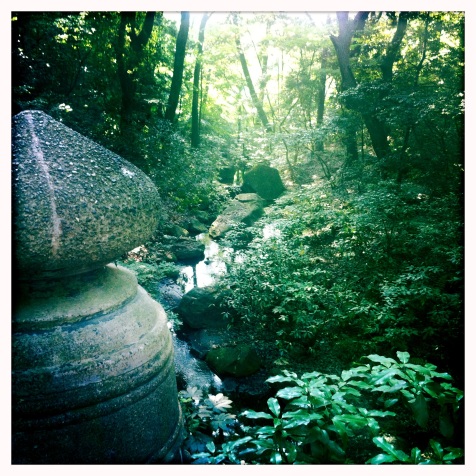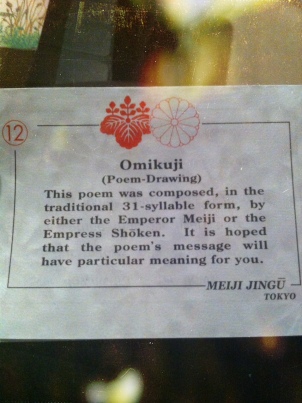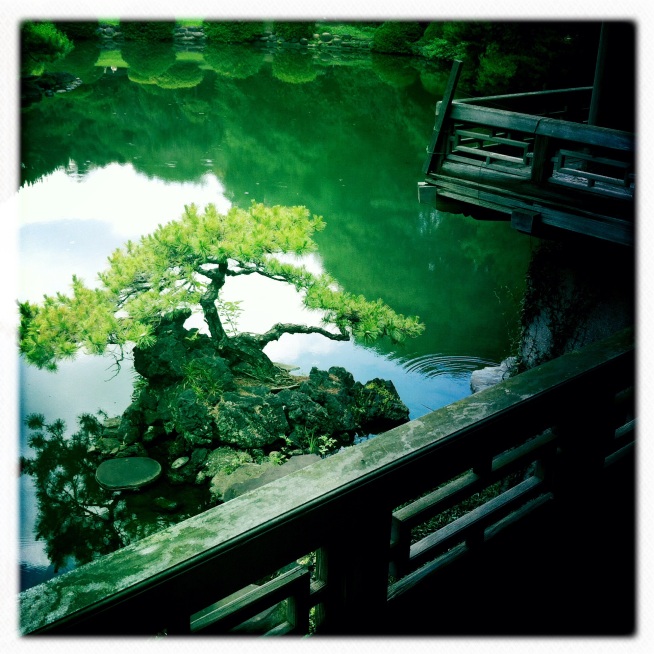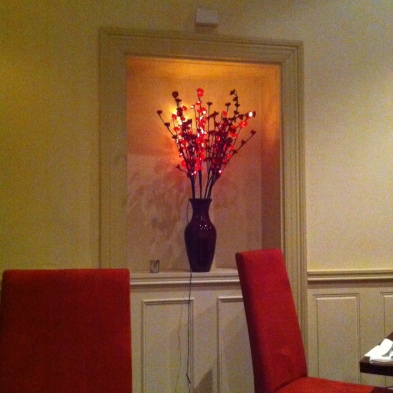
Orion Nebula – by the Smithsonian Institute via flickr
These words are running around my head…
Look at the stars,
Look how they shine for you,
And all the things that you do.
Yes, they are from a song from a while ago, “Yellow” by Coldplay but it’s suddenly on high rotation in my head and I woke up to these words running through me in the middle of last night. They are beautiful, speak of possibility, potential, opportunity. They are sad and make me think of my brother and what I didn’t get to say to him when he couldn’t see the light shining any more. They are words of encouragement to continue to see the light and positives ahead.
These words sit by my desk…
Perhaps they are not the stars but rather openings in heaven where the love of our lost ones pours through and shines down upon us to let us know they are happy
This is an Eskimo proverb apparently. Even before I came across this quote, it was how I liked to think of the stars. I found myself in my deepest moments of grief looking up into the stars with some sense of connection and comfort. It’s something I still do.
These stars shine for me…
I wrote about my seven stars a few years ago when I was just starting out here. These stars still shine for me. Weekly, daily, their words and projects influence and guide me. Here are some recent thoughts on their influence:
Shanna Germain wrote a brilliant post ‘Do the Words: On (Writing) Productivity‘ based on sitting and writing in a cafe while overhearing a conversation about all the barriers the speakers faced to writing. She tweeted:
People at next table spent 2 hrs kvetching about writer’s block. In that time, I wrote 827 words, edited 2 stories. Shut up. Do the words.
Shanna cuts through, does the words, gets on with it and through the resistance and is such a great example of writing productively. This is a message I will be remembering this year: stop talking (or blogging) about it and just get on with it!
Susannah Conway. What can I say, I am a huge fan and cannot capture just how influential Susannah has been to me. This recent post, ‘From the Heart‘ just floored me as Susannah reflected so openly on both the personal toll of her work effort and her sense of being alone; my heart and many others went out to her in return. This post demonstrated, in the deepest way, the sheer vulnerability and honesty that is ‘Blogging from the Heart’, why it is so valuable and how the online community of the heart can provide so much support to each other.
Danielle LaPorte’s ‘Desire Map‘ project and current posts continue to cut through to new thinking. Elsewhere, I was reading about email overload this morning and rules about managing this in the workplace in terms of redefining when people can/can’t email and should/shouldn’t read emails. Part of me is thinking, ‘good idea, we need to manage this better in my workplace‘ and another part of me is thinking, ‘well, what about personal choice and the customer, who might want an answer now?’ Shortly after, I read this post from Danielle, Bag your Boundaries. Wham! Love that fresh, pure, direct thinking.’ You can have both, Danielle says:
You can protect yourself and be open-hearted.
Cool! So I am now thinking about how I can do this in my workplace from a different perspective altogether.
And then there’s Chris Guillebeau who probably started all this; through him I linked up with Danielle and then through to Susannah. He has helped me make so many connections – people, thoughts, plans – and is still out there building empires, fostering world domination and writing posts that, like Danielle, make me look at things from a non-conformist standpoint. Take for example, ‘Changing the System’:
If you want something to change, therefore, show us an alternative. Show us a new way of life.
You are the role model. Not the politician, not the celebrity, not the evangelist. Don’t throw up your hands in resignation, and don’t look for another leader.
It’s all on you, in other words. No pressure.
Whew! No pressure indeed! But it’s so true. It’s easy to complain; it’s easy to give up or to look for someone else to lead but the solutions come from taking responsibility and working through to find another way. My work role as a leader is about making a difference. This is the exactly the way I need to lead: finding the alternatives and being the role model, helping us to work through them.
So, I am seeing stars all around me, a constellation of words, thoughts and song that gather and cluster to propel me to also shine.
What stars are you seeing? What’s making you shine?
Like this:
Like Loading...











